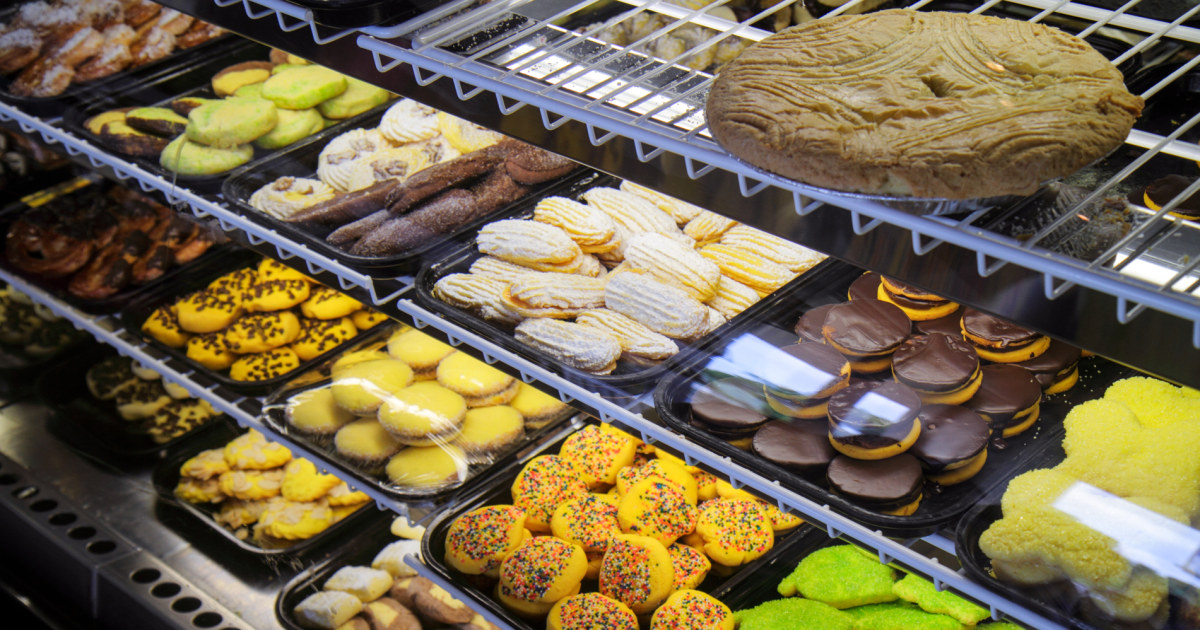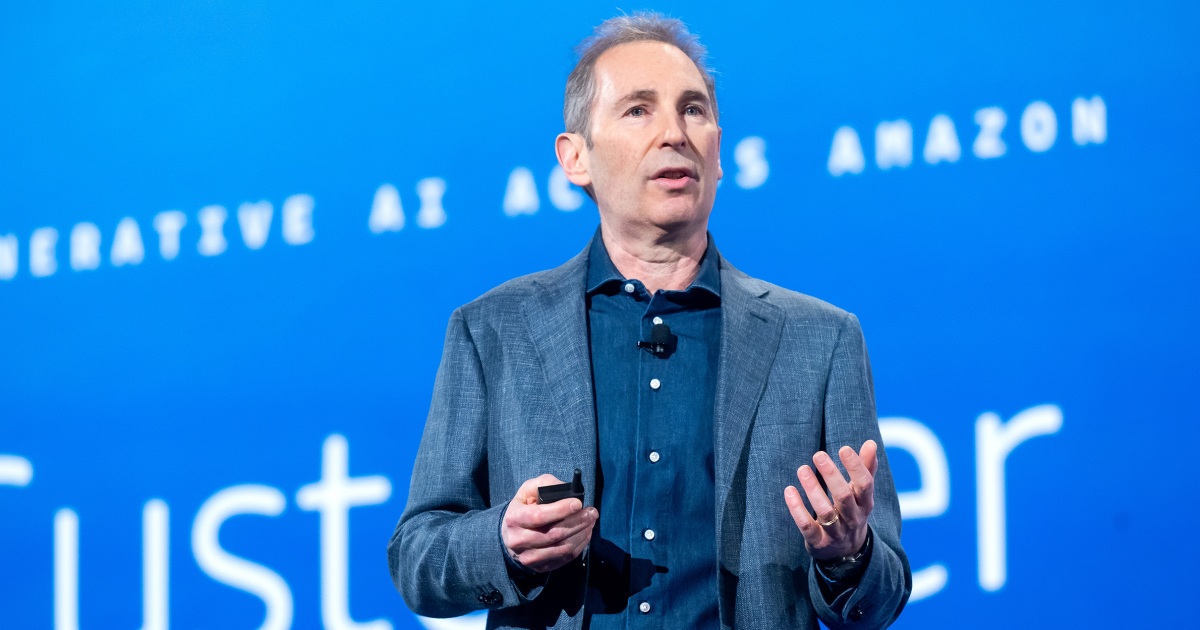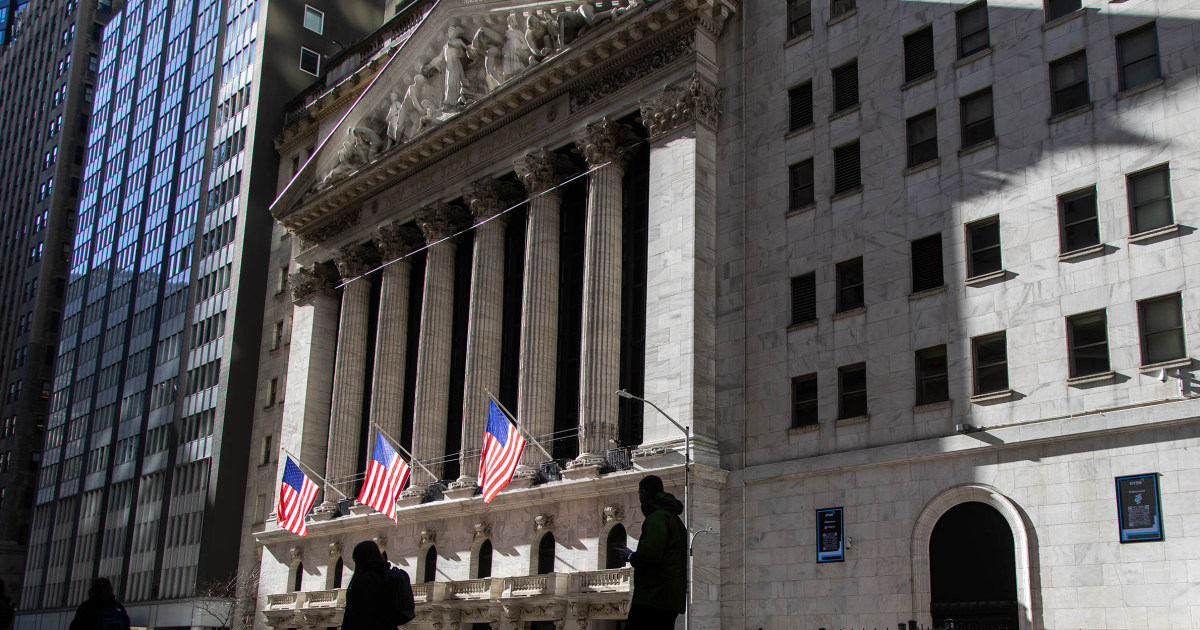
In 2023, Roger Short sold the farm that had been in his family for nearly eight decades to an unusual buyer: the nearby port authority.
He and his wife, Sandy, had raised their six children and 600 dairy cows on the 253-acre property in Port Townsend, Washington. When they sold the cows in 2003 to focus on producing beef and topsoil, he said he mourned the animals’ loss for the next two years.
Short, 82, is first to admit the land is “a difficult place to farm.” As he grew older and lost his eyesight, he worried about finding a buyer for it. But he was resolved on one thing — that his farm should stay a farm. So in 2016, he secured what’s known as a conservation easement, a type of legal agreement that required his property, some of which floods or lacks irrigation, to remain a farm forever.
That posed some challenges, said Eron Berg, executive director of the Port of Port Townsend. If the easement “hadn’t been there, this farm could have been sold in six 40-acre parcels,” he said, and “younger, newer farmers might have been able to afford to do something.” Instead, the port bought the property for $1.4 million so it could lease parts to local growers.
The predicament is mirrored across the country as the next generation of farmers confronts a growing inventory of protected farmland that doesn’t always suit their needs or budgets. That’s leaving many acres underutilized at a time when the U.S. is steadily losing farmland and the agriculture industry keeps consolidating into ever fewer, larger farms.















